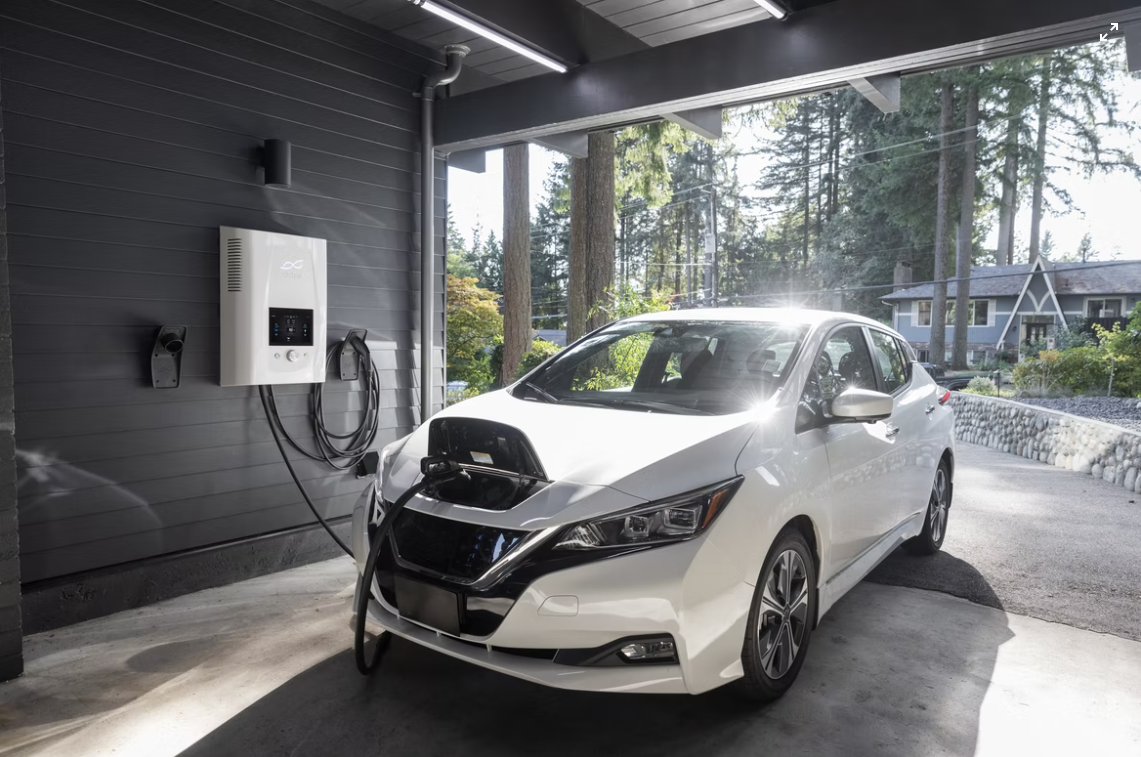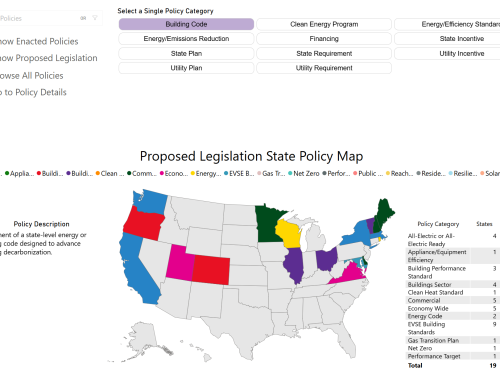
Let’s imagine you just bought a house. It’s 2,500 square feet and has a great view – it even has a little front patio! Unfortunately, it has a fossil fuel boiler in the basement and a gas stove that worked a lot better 20 years ago.
Retrofit Time!
You think ditching the boiler for a heat pump would be a great call. Maybe you’ll even give an induction stovetop a try. And now that you have your own place, you can buy a Level 2 EVSE and recharge overnight. No more driving 20 minutes to the nearest Electrify America station!
However, a number on your breaker box is about to send your electric dreams crashing down. Flipping open the panel in your basement, you see that your new home’s electric panel capacity is only 60 amps. Bummer…
So, what is panel capacity?
Panel or “service” capacity indicates the amount of electricity available for appliances throughout your home at any given time. It is always noted in amperage (amps or “A”) – think “volume of electrons” flowing through a wire. Service capacities commonly range from 60 all the way to 400 amps depending on factors like house size and how recently the building was retrofitted. Keep in mind that 200 amps is sufficient for most all-electric homes, provided they aren’t mansions.
These available amps are distributed to different parts of the house by circuits (usually 15-50 amps each) and funneled into the three-pronged outlets we know so well. In simplest terms, higher service capacity allows for more 30–50-amp circuits that can support appliances like heat pump water heaters and electric dryers. This is important because if the load exceeds the maximum amps allotted for a circuit, the breaker will trip, cutting power to the room.
Why is it “bad” that you only have a 60-amp service?
In our hypothetical scenario, your home was built with a small electrical load in mind. Therefore, its electrical capacity is designed to stay relatively small: lighting, refrigerator, microwave etc., rendering it ill-equipped to add other meaningful load contributors like two-way heat pumps or induction ranges.
If you want to electrify your appliances or add a Level 2 charger, it could quickly max out your available amperage. For instance, Wallbox’s popular 11.5 kW Pulsar Plus EV charger draws 48 amps on its own. Because it’s recommended to leave 20 percent overhead for any circuit, using this charger requires 60 amps, leaving no spare service capacity for other electric household needs.
What does this all mean for building electrification?
According to analysis from the research group Pecan Street, 35 million homes can be electrified without a panel upgrade. Unfortunately, another 48 million will need an upgrade (likely to 200 amps), which can easily set a homeowner back $2,000 on top of replacing the appliance itself.
Panel upgrades are a serious barrier to decarbonization that shouldn’t be overlooked by policymakers. Equitable electric-ready incentives, in addition to rebates for hardware and appliances, will be vital to overcoming this first hurdle to electrification.
Photo Credit: A Nissan Leaf being charged by a dcbel r16 smart home energy station in a garage by dcbel. Source: Unsplash.



